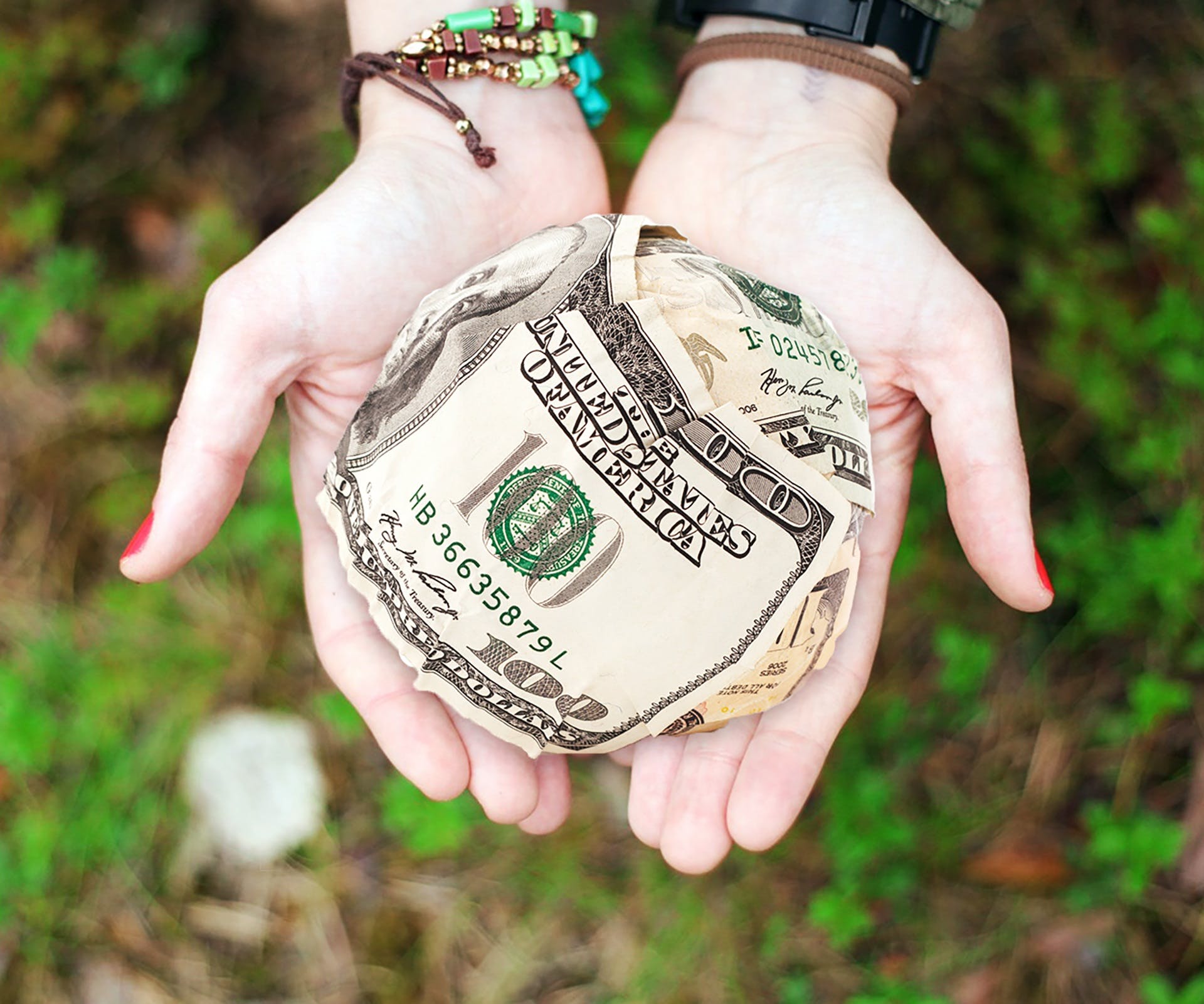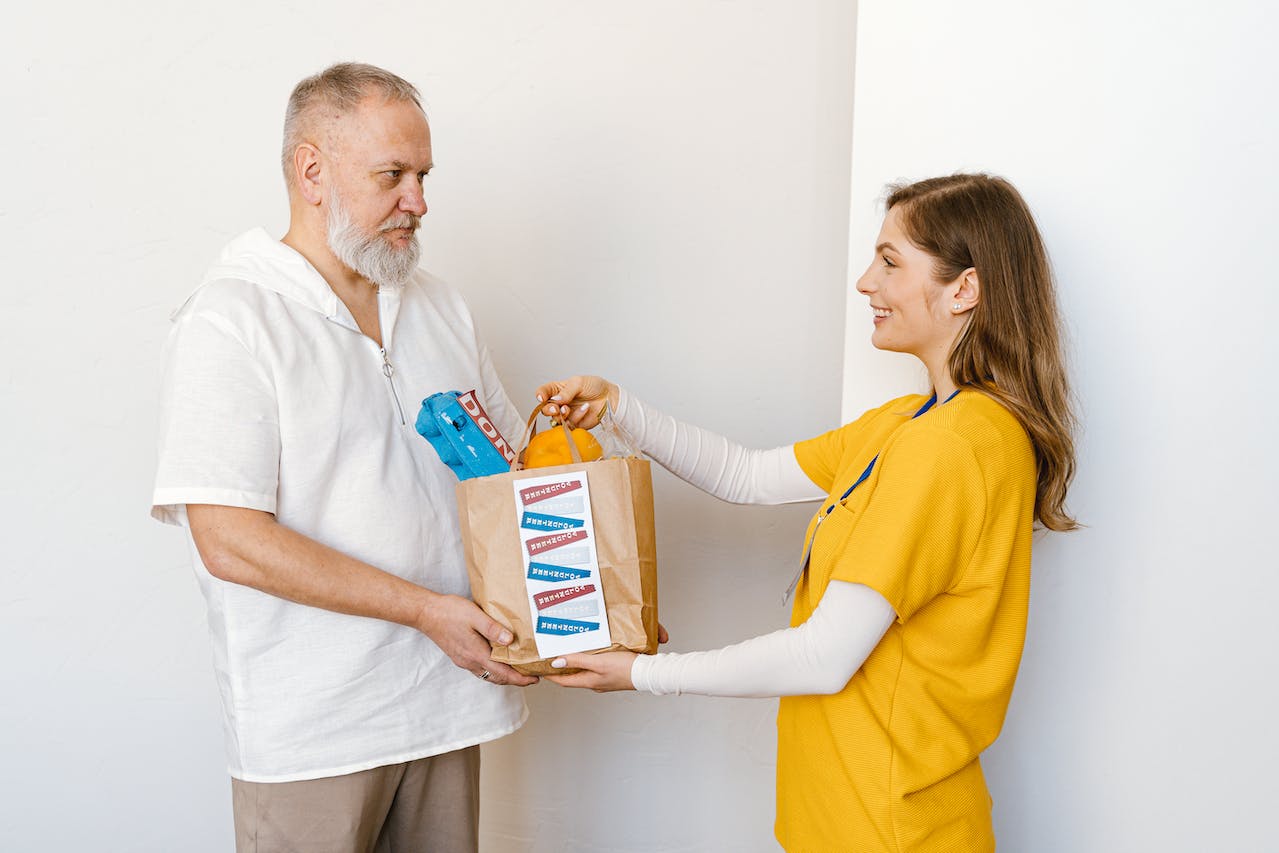Hosting fundraising events can be an enormous boost to your organisation. Raising awareness, making friends, creating an atmosphere of community, all add layers of positive cultural spirit to your group.
Of course, raising money is a goal too. You may have an event planned with clearly identified revenue streams – ticket sales, catering, drinks, games and attractions – but what about those little extras that can add so much? A raffle, lucky wheel, or even silent auction can add up and raise quite a lot of money.
So how do you go about sourcing the prizes? Where do you start?
Here are some do’s, don’ts, and ‘please considers’ to make the task of finding sponsorship and donations a little easier.
Decide if you are asking for a sponsorship or a donation
It is important to know the difference between a sponsor and a donor. When requesting sponsorship (whether in cash or in-kind goods) there is an expectation of reciprocation. This means that your organisation agrees to something in return for the business’s support. In many cases, this can be advertising and exposure for the business, maybe an opportunity for them to attend your event etc.
A donor is an individual or business that simply donates (again, this can be cash or in-kind goods, or even labour) with no expectation of reciprocation. This is also known as “untied funds”. They become a supporter of your event with no relationship to be maintained. (Of course, it is always a good idea to thank donors in some form for their support).
Start early
If you are looking to source many items, say for a silent auction, or school fete games, or a raffle wheel, be prepared for a LOT of back and forth between yourselves and the businesses you are contacting. Establishing a connection, then a relationship takes time!
Don’t go in empty-handed
Ideally, your organising group will have something on paper to formally ask for a donation or sponsorship. This may range from a simple letter requesting a donation (outlining why they should help you, and what it would mean to you to have their support) or something more substantial, like a sponsorship proposal. This may include a covering letter from the President or Chair of your group, a sliding scale of sponsorship that the business may wish to choose from, and an offer of reciprocation from your organisation.
This is also an important document if you are ‘cold calling’ and the business has no idea who you are! Any letter or paperwork establishing the event’s authenticity, and contact details of the planning group, are always a good idea.
Use your immediate community
If you are a group of volunteers working to put something on at a school, or a sporting club, or any community group, you may have the first group of people to approach right there – the parents and patrons of your organisation. By inviting them to donate or sponsor, you are not only including them in the event (and highlighting them to their fellow members!), but you may have an established relationship already. Many parents who are business owners, work for bigger companies, or know some great people to contact may be more than willing to take one of your sponsorship packages or letters of request, and put it in the hands of a manager or marketing department who can get in touch with you.
Know what you want
In many cases, businesses and bigger companies aren’t able to write a cheque or hand over a wad of bills (however much we would love them to!). Plenty though, can offer you gift cards and vouchers for their store.
If you know exactly what prizes you are looking for, then using gift cards to purchase or part-purchase these items is a fantastic compromise. If you are still unsure what prizes you should be sourcing, these gift cards and/or vouchers may open up some possibilities!
Methods of Approach
In this day and age, with so many fantastic and worthy charities out there, you need to make your pitch for support stand out. While some make their stationery and paperwork stand out from the crowd, others prefer a ‘3-step approach’. And of course, a personal visit shows that you care about the relationship you wish to form with the business.
There are many ways to make initial contact with potential supporters. Working within your organisation’s community, you may ask parents and patrons in person as you see them over a period of time. Many will ask to take your paperwork with them, and some will already want to be involved if they have a stake in the organisation.
If you are ‘cold calling’ (the dreaded form of contact that many shy away from), there are plenty of ways to have it go smoothly for you. If you are making phone calls, you may have a script prepared to overcome your nerves. After a while you won’t need a script!
If you are sending emails, be prepared to send PLENTY! These are often ignored and easily forgotten. Email is much more effective once initial contact has been made and the relationship is established.
The personal touch is always appreciated. Taking the time to visit the potential supporter and chat about how you can partner together is usually the most effective way to secure sponsorship or a donation. While this approach is the most time consuming (and for some the most nerve wracking!), it is the most successful.
The ‘3 step approach’ makes cold calling a science:
- First step is a phone call to the business, in which you can introduce yourself and ask to speak to someone who may be able to help you out with a sponsorship request. Very often, this is a manager or marketing officer. (It is no good running your spiel on the front counter staff when they are in no position to make a decision!) When you are able to speak with someone who may be able to help, tell them your story, in brief, concise language. It helps to emphasise why they would be such a perfect partner for your event. Ask them if you could send them some paperwork to follow your conversation. Ask for an email address or a meeting!
- Step two is to get that paperwork to them by whatever means agreed upon. If they have asked you to email it, then do it as soon as you have hung up! If you have a meeting time set up, make sure your documents are in order, and that you fully understand them so you can explain anything they may ask.
- Step three is to follow up after the paperwork has been sent/delivered to the person you spoke with. They are expecting this paperwork, so allowing a few days before follow up should ensure that they have had time to consider your request.
Following these steps, your approach will appear professional, thorough, and genuine. In this task, it helps to have volunteers who can chat easily and truly believe in the cause behind it all.
Facebook ‘Stalking’ (breakout tip by the Fundraising Whisperer)
Another increasingly powerful way to connect with potential supporters in your community is to engage with them via Facebook. By stalking I don’t mean the creepy kind, I mean the nice kind where you get to connect with people 
This can be as simple as posting a link, or ‘invitation’, to your sponsorship proposal on your group’s Facebook page. Ask the members of your community to tag all the local businesses they follow. You may generate some interest just by doing this, however you then have the opportunity to go one step further and make approaches to each business individually.
If your sponsorship levels sit at a higher level (ie. if it is likely to be worth it), you may wish to even pay to ‘boost’ your post to the broader community, selecting the appropriate limits in your location range and demographic. Getting approval for a paid boost might be a bit tricky depending on your type of committee, but I have heard reports that it can be quite effective.
Obviously, Facebook is a prime place to be showcasing your sponsors once you have them on board, so I guess it makes sense to engage with them there in the first place.
xMandy aka the Fundraising Whisperer
Now back to the original article….
Appropriate Partnerships
In some cases, it is worth considering the match being made between the cause and the potential sponsor. Who is your audience? Which businesses would like to reach this potential market?
In some cases, an organisation may lend itself to a field of potential sponsors. For example, a children’s event may be supported by children’s clothing stores, toy stores, lolly and chocolate suppliers, play centres, art and craft stores, or even daycare centres. Likewise, an event focussed on health and well- being may invite support from health food stores, gyms, yoga studios, active wear suppliers, companies offering retreats, local natural therapy practitioners etc. Orthodontists LOVE to reach primary school families.
Knowing your audience will allow you to know who you should approach for support.
Know your rules and regs
If you are dreaming big and looking to raffle major items such as cars, holidays, or even valuable artwork, there is legislation in place. It is worth knowing these stipulations before pursuing the big ticket items – it can pay dividends for your cause if you can pull it off.
Research the laws in your state to ensure everything is covered before putting in the legwork!
Conclusion
Sponsorship and donation requests can seem like a daunting task but it is actually a vital step to success. If you can get the mix of support right, you can establish long term relationships in the process. Your audience and attendees will also recognise the standard of attention you have brought to the event, which will help to ensure increased success over time.










